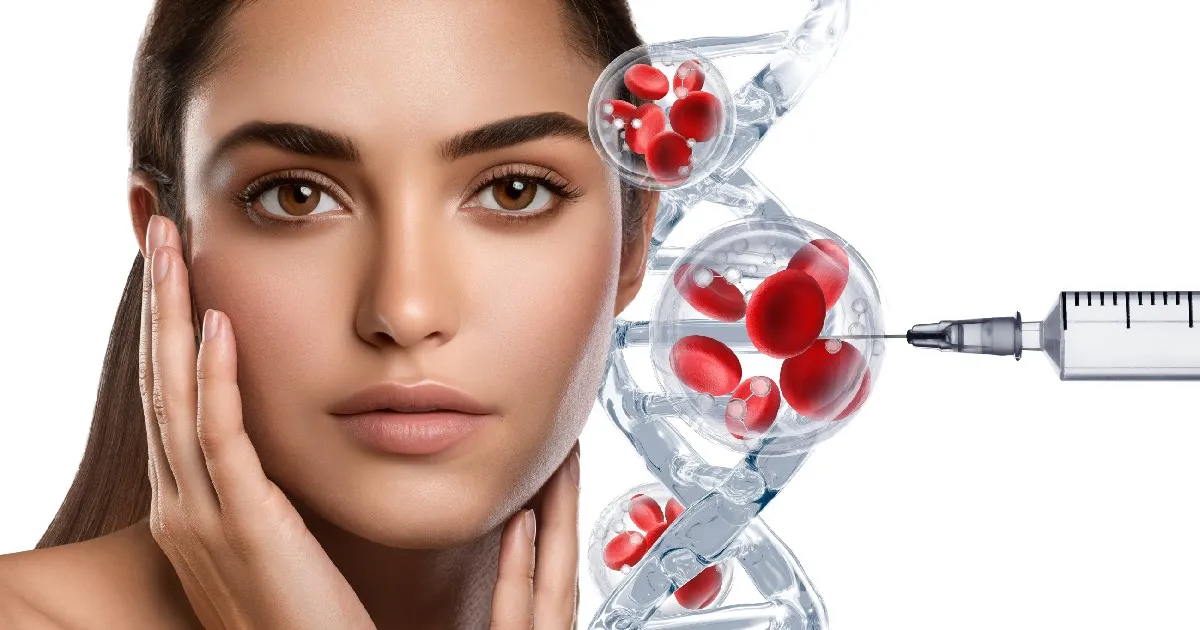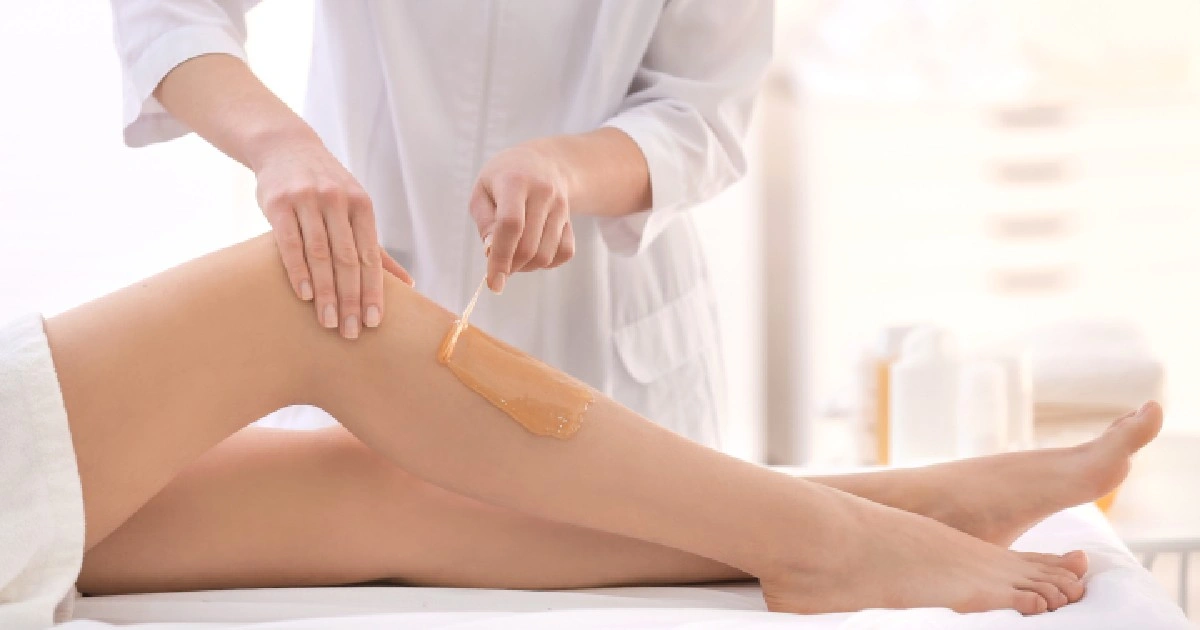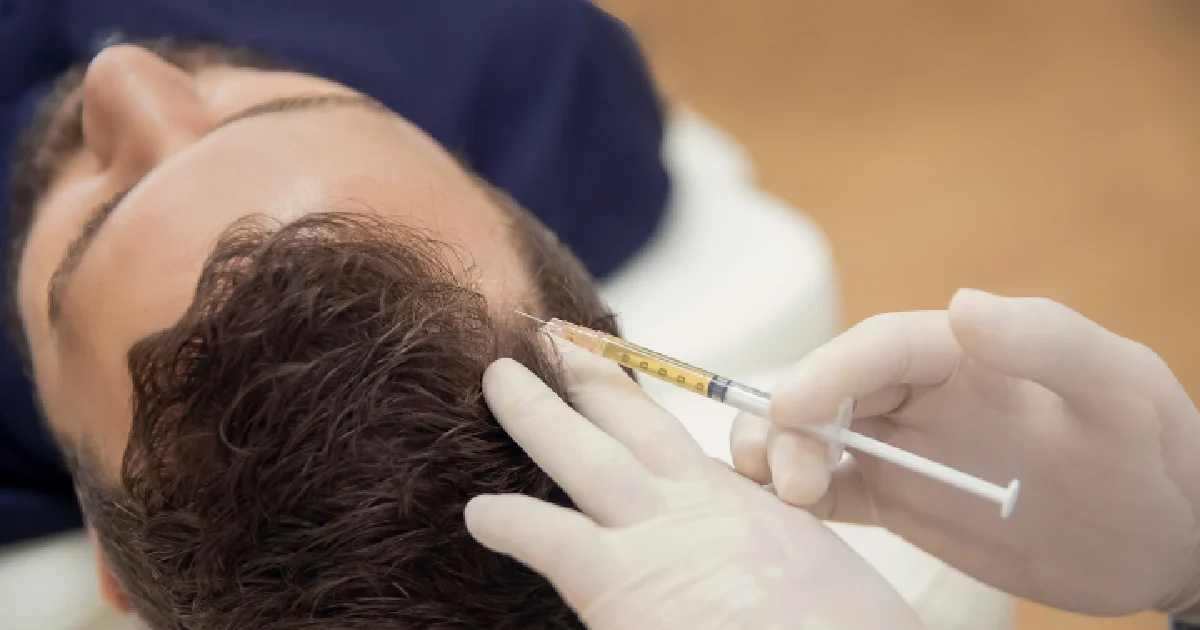Table of Contents
You’ve tried all the creams and serums. You’ve invested in exfoliators that promise to renew your skin but never quite deliver. Whether it’s fine lines creeping in sooner than expected, acne scars that won’t fade, or sunspots from long summer days in Tennessee, it can feel like nothing works. That’s where chemical peels come in—a clinically backed treatment that exfoliates, renews, and visibly improves your skin.
At Create Medical Aesthetics in Knoxville, TN, clients are turning to chemical peels for real results—without surgery, without downtime, and without wasting more time on ineffective products. Keep reading if you’re curious about how this treatment can transform your skin.
What Are Chemical Peels?
Chemical peels are professional skin treatments that use acids to exfoliate the top layers of your skin. A chemical solution is gently applied to the face to remove the damaged outer layers, prompting the body to regenerate smoother, clearer skin beneath.
There are three main types of chemical peels:
- Superficial peels are light exfoliations that refresh skin tone and texture with minimal downtime. They are ideal for mild skin issues.
- Medium peels: Penetrate deeper to improve fine lines, acne scars, and pigmentation. These may cause peeling and require a short recovery.
- Deep peels: Target more severe damage, such as deep wrinkles or significant sun damage. These require a longer recovery and are used more selectively.
The right type of peel depends on your unique skin condition and goals.
How Chemical Peels Help Reduce Fine Lines and Wrinkles
Aging skin naturally loses collagen and elasticity, making fine lines more noticeable, especially around the eyes, mouth, and forehead. Chemical peels for fine lines work by removing the outer layer of aged skin, stimulating the body’s natural healing process.
Here’s how peels promote smoother, firmer skin:
- Stimulate collagen and elastin: Medium and deep peels trigger regeneration, helping your skin rebuild structural proteins.
- Reveal fresher skin: As the outermost layer sloughs away, it takes surface-level lines, reducing visibility.
- Improve skin texture: Over time, repeated peels help smooth rough patches and refine the overall skin surface.
Those looking to smooth wrinkles with peels often start with a medium peel, such as a TCA or glycolic acid treatment, for visible improvement with manageable downtime.
How Chemical Peels Improve Acne Scars
For many, acne scars are a frustrating reminder of past breakouts. These scars often resist over-the-counter products, making professional intervention necessary. A chemical peel for acne scars targets the uneven texture and discoloration these scars leave behind.
Benefits for acne-prone skin include:
- Exfoliating damaged skin cells: Removing scarred surface layers makes the skin smoother.
- Enhancing cell turnover: This speeds up the natural healing process, gradually reducing the depth of textural scars.
- Lightening dark marks: Many acne scars include post-inflammatory hyperpigmentation (PIH), which fades with consistent exfoliation.
The best peels for acne-prone skin typically include salicylic acid or a Jessner’s solution. These ingredients penetrate oil-rich areas and help unclog pores while softening scar tissue.
How Chemical Peels Diminish Sun Damage
If your skin shows signs of excessive sun exposure—like dark spots, uneven tone, or rough patches—chemical peels offer a highly effective solution. Unlike daily sunscreen or antioxidant serums, peels go deeper to remove sun-damaged cells.
Here’s how peels help with photoaged skin:
- Target pigmented cells: Sunspots and melasma are often found in the outer skin layers. Peels eliminate these damaged cells to restore a more even tone.
- Reduce roughness and dryness: The outermost skin affected by the sun often becomes dry and flaky. Exfoliating removes that barrier.
- Encourage healing: The skin’s repair response after a peel enhances cell turnover, helping it recover from chronic sun exposure.
Depending on your skin’s sensitivity, medium-depth options like lactic acid or TCA peels are often used for moderate to severe damage.
Expected Results and Treatment Considerations
While results can vary depending on your skin’s condition and the peel used, here’s what you can generally expect:
- Smoother, brighter skin after 1-2 sessions of light peels.
- Reduction in fine lines and acne scars after 3-6 sessions of medium-depth peels.
- Fading sunspots and hyperpigmentation after 2-4 consistent treatments.
Post-peel care is critical to ensure the skin heals correctly and you achieve the best results:
- Avoid sun exposure and wear sunscreen daily.
- Follow moisturizing and cleansing instructions carefully.
- Depending on the peel’s strength, expect some peeling or flaking for a few days.
Patience and consistency are key—chemical exfoliation benefits accumulate over time. A single session can make a noticeable difference, but regular treatments amplify and maintain your results.
Conclusion
Whether battling fine lines, acne scars, or years of sun damage, chemical peels offer a science-backed solution to refresh your skin from within. With the right peel and provider, you can enjoy smoother texture, clearer tone, and that healthy, luminous glow that so many skincare products promise but rarely deliver.
At Create Medical Aesthetics in Knoxville, TN, these results aren’t just possible—they’re common. With professional-grade treatments and personalized care, you’ll get a plan that aligns with your skin’s unique needs.
Reveal your glow—book your chemical peel today! Create Medical Aesthetics is ready to help you feel confident in your skin again.





